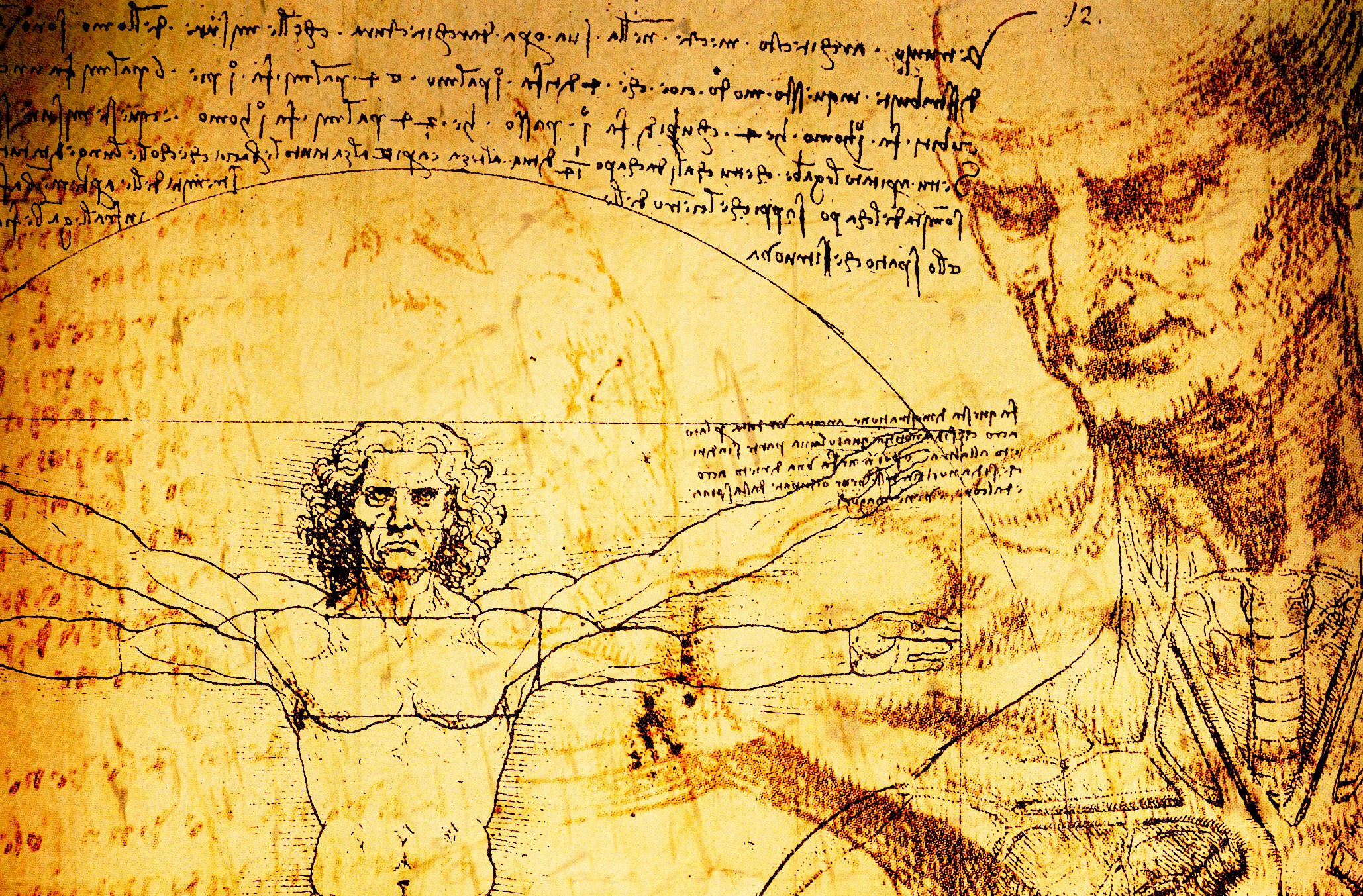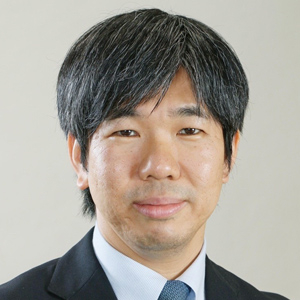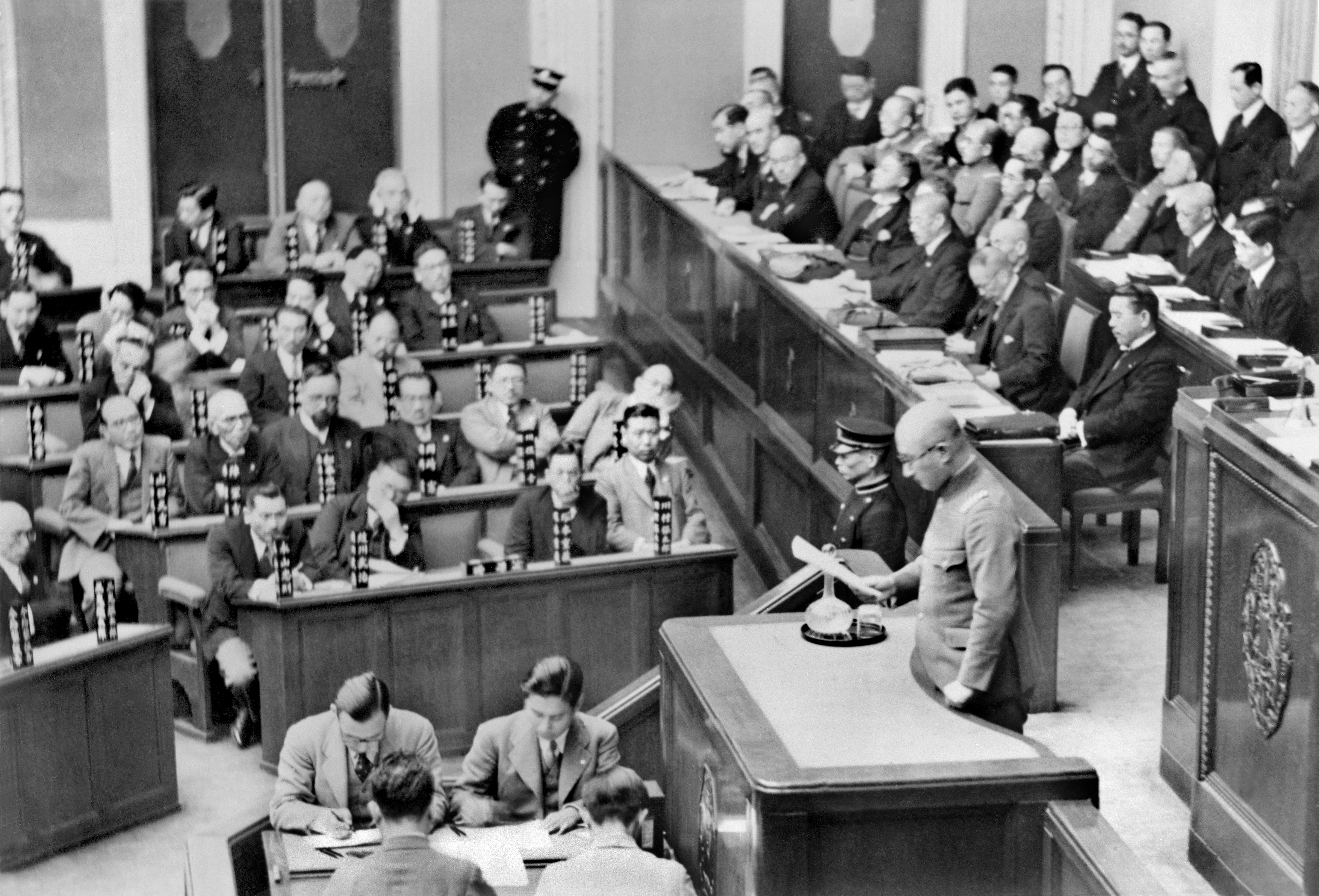
- Article
- Political and Diplomatic History
COVID-19 in the Arc of Epidemiological History: The Consequences of Imbalance
January 25, 2021
Drawing on groundbreaking work by Japanese and American historians, international affairs expert Yuichi Hosoya reframes the COVID-19 crisis within the broad sweep of environmental and epidemiological history.
* * *
As a political scientist and historian, I have had many occasions to wonder of late whether my expertise is of any use in addressing the current COVID-19 pandemic—or whether I am condemned to stand by in silence as the infection spreads, crippling the economy and tearing the fabric of society. Surely the past holds a wealth of information applicable to the problems of the present. And surely scholarly research is the means by which we can access and interpret that material, widen our field of vision, and suggest new perspectives that may offer a way forward.
With these thoughts in mind, I have spent many hours over the past nine months rereading relevant historical studies with a view to grasping the significance of the current pandemic in a broad historical context. With a selection of these works as a springboard, I would like to offer some observations on COVID-19 as viewed through the lens of environmental and epidemiological history.
Pioneering Perspectives on Disease
Masataka Kosaka (1934–96), an eminent Japanese scholar specializing in international politics and diplomatic history, was also one of the first social scientists to spotlight the role of infectious disease in human history.
While still in his early thirties, Kosaka spent six months, from October 1965 to March 1966, conducting research in Tasmania under an exchange program with the University of Tasmania. He explained why in his 1968 book Sekai chizu no naka de kangaeru (Thinking Within the Map of the World). “Tasmania was a place that had long fascinated me,” he wrote. “As a child, I had heard about the extinction of the indigenous Tasmanian people, and the place name had resonated in my mind ever since.”[1]
Kosaka described that grim episode in Australian history in chapter 2 of his book, asking what had brought about the virtual extinction of the Aboriginal Tasmanians. While one factor was doubtless the firearms and other superior weaponry used by the British colonists against the Aboriginals in the Black War (from the mid-1820s to around 1831), Kosaka realized that disease had done much more to decimate the population. “Ironically, the disease-causing microorganisms that the British had brought with them proved far more effective than the appurtenances of civilization,” he wrote. “The Aboriginal Tasmanians had never come into contact with those microbes and therefore had no resistance to them. As a result, disease spread rapidly, and it was lethal.[2]
Kosaka’s focus on micropathogens and epidemics as shapers of world history heralded a new approach that was to have a major impact on the field, especially in the United States. Among the landmarks of this new epidemiological approach to history was The Columbian Exchange: Biological and Cultural Consequences of 1492, published by American historian Alfred Crosby in 1972. (Crosby had already published his thesis in a scholarly journal in 1967, but it was not until the appearance of The Columbian Exchange that his ideas entered mainstream thought.) Crosby’s groundbreaking study of the biological and cultural transfers that followed the arrival of explorers and conquistadors in the New World shed light on the role that newly introduced infectious diseases, such as smallpox, played in the collapse of the Inca empire and other civilizations of South and Central America.
Another major milestone in the epidemiological view of world history was the 1976 work Plagues and Peoples by William McNeill of the University of Chicago. McNeill adopted a more sweeping approach, seeking to “uncover a dimension of human history that historians have not hitherto recognized: the history of humanity’s encounters with infectious diseases, and the far-reaching consequences that ensued whenever contacts across disease boundaries allowed a new infection to invade a population that lacked any acquired immunity to its ravages.”[3]
Dangers of Complacency
The pioneering contributions of social scientists like Crosby and McNeill called scholarly attention to the impact of pathogens, disease, and epidemics on world history. The best-selling Guns, Germs, and Steel (1997), by American geographer and biologist Jared Diamond, helped disseminate this perspective more widely. In recent years, however, this sort of sweeping, thematic approach to history has retreated in favor of a narrower focus emphasizing the extensive use of multiple primary source materials, which digital technology has made more widely available. Still, it seems to me that the kind of long-range perspective presented by Crosby, McNeill, and Diamond can contribute to our understanding of the current COVID-19 pandemic, raising the possibility that it, too, may change the course of human history.
In Plagues and Peoples, McNeill acknowledged that medical science had made great strides against infectious disease over the past century or so, but he also warned that “not stability but a sequence of sharp alterations and abrupt oscillations in existing balances can . . . be expected” going forward.[4] Later, in a new preface to the book, McNeill remarked on the noticeable change in mood that had overtaken the medical establishment since the first edition. “In 1976,” he wrote, “many doctors believed that infectious diseases had lost their power to affect human lives seriously. Scientific medicine, they supposed, had finally won decisive victory over disease germs.”[5] But their triumph was short-lived. While the optimists may have felt vindicated by the eradication of smallpox—officially announced by the World Health Organization 1980—the 1980s also witnessed the rise of HIV/AIDS, outbreaks of other deadly viral diseases, and the spread of antibiotic-resistant disease-causing bacteria.
It is interesting to note that this reversal of fortune roughly coincided with the end of the Cold War. In both cases, policymakers and opinion leaders were deluded into equating victories over individual adversaries with permanent triumph over the age-old scourges of war and disease. As a consequence of this irrational optimism, national and international institutions failed to take adequate precautions against new manifestations of those evils—both of which McNeill recognized, from his sweeping historical studies, as fundamental to the human condition.[6] Perhaps the basic lesson to be learned from these twin failures is that, when we take either good health or peace for granted, we are apt to neglect important preventive measures and thus leave the door open to catastrophe.
Shifting the Focus to Balance
A common theme running through Kosaka’s and McNeill’s writings on the impact of microbes and epidemics on human history is the concept of balance. Just as both historians stressed the balance of power in the context of international relations, they also emphasized biological balance in the context of disease and epidemiology.
In Sekai chizu no naka de kangaeru, Kosaka wrote, “The microorganisms within the human body preserve a delicate ecological balance. Even bacteria that are considered harmful to human beings function to suppress the growth of still more harmful bacteria; if they die out, therefore, more powerful bacteria will simply move in to ravage the human body in their stead. Disease occurs when this balance among microorganisms collapses.”[7] Kosaka concluded that Western medicine’s obsession with exterminating pathogens could do more harm than good by upsetting the balance within the human body. At the same time, he drew a more universal principle from those observations. He criticized those who seem “compelled to identify and stamp out a single problem as the root cause of war,” comparing their crusade to the misguided efforts of “bacteria hunters.” All too many people, he lamented, “seek to root out various social ‘ills’ without considering the magnitude of the problems their eradication could create.”[8]
McNeill made a similar point years later, in his 1989 preface to Plagues and Peoples, stressing the unintended consequences of medical science’s crusade against infectious disease. “The development of resistant strains of malaria, TB, and other familiar infections was a[n] . . . important sign that twentieth-century victories over the parasitic microorganisms that feed upon our bodies was only an unusually dramatic and drastic disturbance of the age-old balance between human hosts and disease organisms.”[9] As McNeill saw it, “the appearance of AIDS and the emergence of resistant strains of older infections” buttressed his contention that “the age-old balance between host and parasite remained a permanent feature of human (and of all multicelled forms of) life.”[10]
Although differing in their focus (Kosaka scrutinized the balance among microorganisms within the human body, while McNeill observed the broader balance between human life and the natural environment), both scholars warned of the dire consequences of disturbances in the biological balance, whether in the form of declining personal health or the emergence of new and virulent contagions. Complete freedom from disease, whether on the personal or the public level, is no more possible than everlasting peace. Disease—like hatred and war—appears to be an unfortunate but inescapable reality of the human condition.
From the work of pioneers like Kosaka and McNeill, we have learned that some of history’s worst epidemics resulted from the dissolution of physical barriers between peoples, a trend driven by the insatiable quest for economic growth and supported by the development of sea and air transport. As the forces of economic development plowed ahead and expanded—from the colonization of remote continents to the rapid globalization of the past few decades—they created ideal conditions for the spread of dangerous diseases.
If we as human beings intend to continue along the same path, we must accept and confront this reality, complete with the misery caused by such pandemics as the current one. We must also understand that only by establishing a new equilibrium can we expect to build a safer and healthier world in the years to come.
[1] Masataka Kosaka, Sekai chizu no naka de kangaeru (Thinking Within the Map of the World) (Tokyo: Shinchosha, 1968), p. 13.
[2] Ibid., pp. 32–33.
[3] William H. McNeill, Plagues and Peoples (1976; repr., New York: Anchor Books, 1998), p. 21.
[4] Ibid., p. 295.
[5] Ibid, pp. 9–10.
[6] See William H. McNeill, The Global Condition: Conquerors, Catastrophes, and Community (Princeton University Press, 2017).
[7] Kosaka, Sekai chizu no naka de kangaeru, p. 38.
[8] Ibid, pp. 38–39.
[9] McNeill, Plagues and Peoples, p. 10.
[10] Ibid.


